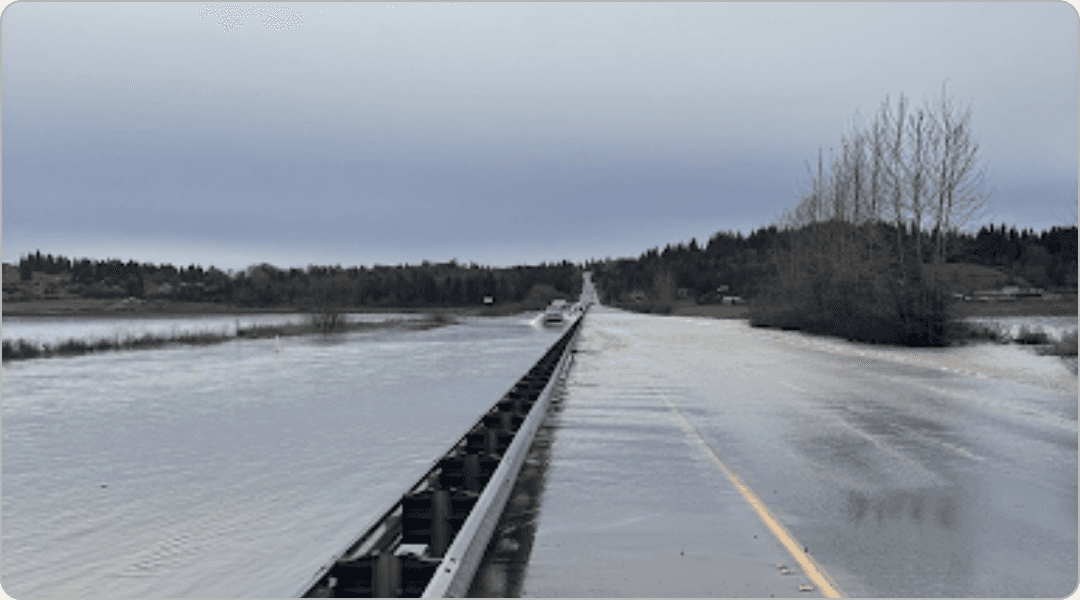Insurance
The insurance claims process: a guide for disaster survivors
Jun 11, 2025
Experiencing a natural disaster is overwhelming, and navigating the insurance claims process can be complex and time-consuming. Understanding the claims process, what is required of you, the policyholder, and what to expect can make a significant difference in your recovery.
Bright Harbor Tip:
If you don’t have the funds to begin repairs prior to final settlement, you may be able to request advance payments from your insurance carrier (depending on the event, your policy, and state regulations).
What To Do
Notify your insurer as quickly as possible.
Request a copy of your insurance policy so you and your agent can review your coverage, limits, and possible exclusions.
Document the damage.
Review your state’s insurance regulations to understand if they will affect your claims process.
Be prepared to appeal if you believe the initial settlement is insufficient.
Stage 1: Claim Submission
What To Do
Notify your insurer as quickly as possible.
Contact your agent (if you have one), or submit a claim through your insurer’s online portal or mobile app.
Be ready to provide your name, address, policy number (if available), description of the damages, and any immediate concerns (such as the potential for further damage).
If you have emergency housing needs, let your carrier know.
Request a copy of your policy from your agent or insurance carrier.
Review your coverage, limits, possible exclusions, responsibilities and any extenuating circumstances that may affect coverage.
Stage 2: Inspection Preparation
What To Do
Document the damage.
Take photos and videos of all damaged areas and possessions, from multiple angles and distances.
Make an inventory of any damaged personal items and note the description, age, and cost of the items.
Prevent further damage.
Ask your insurer if they recommend you make any temporary repairs to the property (e.g. boarding up windows, putting up tarps, etc.).
Keep receipts for any expenses incurred, so your insurance carrier can reimburse you later.
Understand your coverage.
Discuss your policy with your agent or your assigned desk adjuster.
Understand your coverage details, including specific areas covered, coverage limits, deductibles, and how both your deductible and depreciation impact your settlement.
Stage 3: Property Inspection
What To Do
Schedule a field adjuster visit.
In most cases, your carrier will send a field adjuster to your property to assess the damage.
Once the field adjuster reaches out to you, try and schedule a date as soon as possible.
In some cases, your carrier will decide not to require a field adjuster visit.
Submit documentation of the damage.
Documentation of the damage may include photos and videos of the damage, and/or a personal property inventory list.
Submit receipts for expenses.
Your carrier may cover temporary repairs and any additional living expenses incurred due to the event (e.g., hotels, food, gas, moving, etc.).
Stage 4: Decision
During this stage, the insurer reviews documentation, estimates, and field adjuster reports. For complex claims, the carrier may also assign an engineer. This phase can take weeks to months, depending on claim complexity and disaster severity.
What To Do
Provide any additional information, if requested.
The field adjuster or carrier may ask additional questions or request additional documents from you as they review your claim.
Follow up with your insurance carrier regularly.
In most states, your insurance carrier is required to follow specific timelines for claim completion in most states.
Refer to your state's department of insurance for insurer regulations.
Stage 5: Initial Settlement Offer
You will receive an initial settlement offer detailing approved amounts according to the carrier's determination.
What To Do
Disputes happen. If the amount is lower than expected, review the information with your desk adjuster for clarification.
Ask a licensed contractor familiar with insurance claims to review the initial settlement offer.
Stage 6: Appeal
If you or your contractor believe the initial compensation offer for the damages is insufficient, you have some options.
What To Do
Submit your contractor’s findings or your own to the insurance carrier to support your case.
Request the carrier perform a second inspection with a different field adjuster.
Make sure your contractor is present during the reinspection.
If the carrier continues to deny additional funds, hire a public adjuster or legal counsel.
Note that you will incur cost at your own expense to acquire these additional resources.
Stage 7: Disbursement and Repairs
After you and your insurance carrier agree on compensation, payments may be issued in stages or as a lump sum (depending on your policy).
What To Do
If you have a mortgage, get approval from your lender so that funds can be released.
Begin repairs.
Use licensed, insured contractors who have good referrals.
Avoid scams by verifying credentials before signing contracts.




